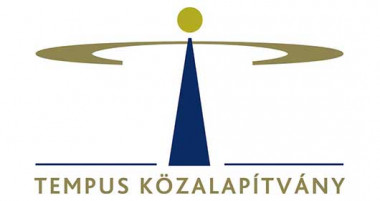Erasmus+ funding for the creative revisiting of music education practice
Within the framework of an international strategic cooperation programme, with the Liszt Academy as the lead organisation, partner institutions from Budapest, the Netherlands and Scotland will collaborate to carry out methodological improvements in music education based on the principles of the Kodály method.
With the highest score among all Hungarian candidates, the Liszt Ferenc Academy of Music was granted the funding of 250.000 euros for its large-scale international project: The creative renewal of music education practice in Hungary, the Netherlands and Scotland based on the Kodalyian music pedagogical principles. Besides the academies of music of The Hague and Glasgow, other educational institutions will also participate in the "2016-1-HU01-KA203-023027" Erasmus+ Strategic Partnerships programme: the Károly Kós Elementary School, the Dutch Vocaal Talent Foundation (joint organisation of youth choirs) and the National Youth Choir of Scotland. The duration of the programme is 30 months and is launched in October, 2016. The assessors of the application pointed out that the project gave a pan-European response to the issues of music education but was also particularly important from the Hungarian perspective, as it supports the wide-spread application of the Kodály method and enhances the renewal of his principles.
The ultimate ambition of the programme is no less than to contribute to the education of a new generation of music teachers who will have the competencies that address the challenges of today and to provide them with sufficient knowledge and skills to turn music classes into the source of active, joyful singing and music-making even in non-specialised schools. The partner organisations in Holland and Scotland wish to draw the attention of their own educational stakeholders to their best practices so as to clearly demonstrate the importance and beneficial impacts of early music education on the efficiency of general learning processes and the cognitive functions of children’s brains and their personalities.
It is a fortunate coincidence and a clear sign of the high relevance of the programme that in addition to the consistent application of the Kodályian principles, the international partners will also be able to make use of the results of the simultaneous research project of the Educational Methodological Research Grant of the Hungarian Academy of Sciences. This project focuses on the testing of two different models concentrating on children’s active participation, free movement and reception of music during music classes.
In order to achieve these goals, a new curriculum must be devised closely linked to updated methodological and didactic materials and revisited music repertoire. The selection of music pieces, their analyses and the movement choreography will be done by the students of the three music academies within the framework of intensive programmes. Each partner will draw in their own music and folk music heritage and will eventually build a 300-piece repertoire. Teaching primary school pupils without digital technology is unfeasible today, thus this dimension must also be addressed: within the framework of this programme, three countries will test live the music reading and writing application which has been in the focal point of a team of Hungarian programmers for years. The new methodological materials will be tested with pupils from general (non-specialised) primary schools, at music activities of youth choirs and at the training sessions of music teachers.
The long-term objective of the international cooperation programme is to make continually updated music education materials widely accessible and to have them extended by as many nations as possible. So as to accomplish these goals, the project aims to establish a free-of-charge online database which will continuously increase, and in some years’ time it may turn into a worldwide social media community of music pedagogy.




